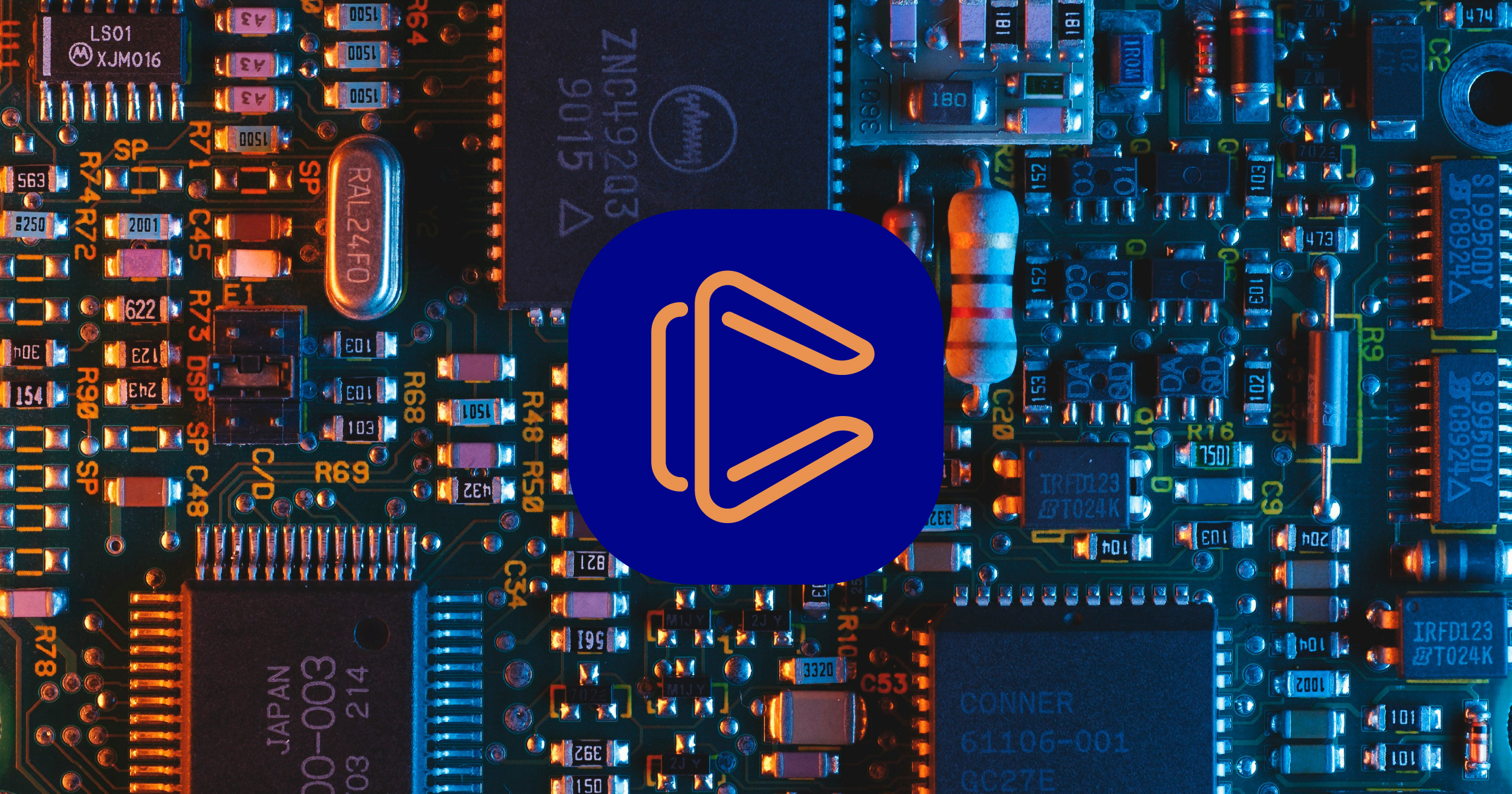Mastering Generative AI: 4 Tips for Software Developers
Questions on every software developer’s mind:

The world is still only at day one of the Artificial Intelligence (AI) era, yet AI adoption has been much faster compared to the adoption of other technology breakthroughs, such as the internet and smartphones.
Rightfully so, businesses are feeling the urgency to understand and implement Generative AI. Early adoption of Generative AI is a competitive advantage, creating new business growth opportunities, improving cost efficiencies, and ultimately separating forward-thinking companies from their peers who are slower to follow.
While the best day to dive into Generative AI was yesterday, the second best time is today. And tomorrow, we’ll get started incorporating RAG (Retrieval Augmented Generation) into your Generative AI strategy.
Here’s everything you need to know about the significance of RAG in modern business operations, plus a step-by-step guide on how to build your own RAG chatbot.
RAG is a technique of leveraging external information to aid a Large Language Model (LLM) in responding to a query. This can improve the quality of the response by grounding the available knowledge base from curated data and with information not available during model training.
This can be especially critical for technical and domain-specific knowledge problems. e.g. medical, financial, legal domains. Or content recency with newer information.

Implementing Retrieval Augmented Generation (RAG) in your business operations requires leveraging robust frameworks tailored to handle complex data retrieval and generation tasks efficiently. Several frameworks have emerged to facilitate RAG implementation, each offering unique features and capabilities. Prominent frameworks include LangChain, LLamaIndex, and Pinecone’s Vector DB.
RAG-based chatbots represent a revolutionary advancement in customer success and operational efficiency. These intelligent systems combine the power of retrieval and generation techniques to provide personalized and contextually relevant interactions, leading to enhanced customer satisfaction and streamlined operations.
The implementation of RAG chatbots brings about significant efficiency gains across diverse functional areas within an organization:
Let's explore some real-world examples to demonstrate the tangible benefits of leveraging RAG technology in driving business success and operational excellence:
Before diving into the development process, it's essential to define the objectives of your chatbot, identify your target audience and use cases, and determine the data sources it will rely on for information retrieval and generation.
Research and assess different frameworks available for implementing RAG technology. Consider factors such as scalability, complexity, compatibility with your existing systems, and community support. Select the framework that best aligns with your project requirements and objectives.
Prepare your data for training the RAG model by cleaning and preprocessing it. This step involves tasks such as removing noise, handling missing values, removing duplicates, and structuring the data to ensure compatibility with the chosen RAG approach.
To provide a retriever tool for the LLM to make information requests of, create a vector DB index by upserting the embeddings of the preprocessed data. Embedding model can lead to overall RAG model performance improvements.
Integrate the vector database into your chatbot application, and deploy it for use. Ensure seamless integration with your existing systems and platforms, and consider factors such as scalability, security, and performance optimization during implementation and deployment.
Conduct comprehensive testing of your RAG chatbot to ensure functionality, accuracy, and user satisfaction. Solicit feedback from users and stakeholders, and iterate on the chatbot's design and functionality based on the feedback received. Build a list of “golden” answers to allow for continuous monitoring and evaluating refinement of the RAG chatbot as model / data / prompt drift occurs intentionally or not.
By following these quick step-by-step instructions, you can build your own RAG chatbot and leverage its capabilities to enhance customer support, streamline operations, and or drive business success. Remember to stay adaptable and responsive to user feedback, as continuous refinement of the model, data and prompts is key to maximizing the effectiveness of your RAG chatbot.
Are you interested in diving into AI implementation for your business? We’d love to talk. Tell us about your project or email us directly at connect@compozelabs.com.

Questions on every software developer’s mind:

There’s a lot of pressure these days for businesses to automate their manual processes. Talk to any mid-level manager or director, and you’ll find...

The last six months have brought a fundamental shift in voice AI. This isn’t just a routine upgrade—it’s a rethinking of what these systems are...